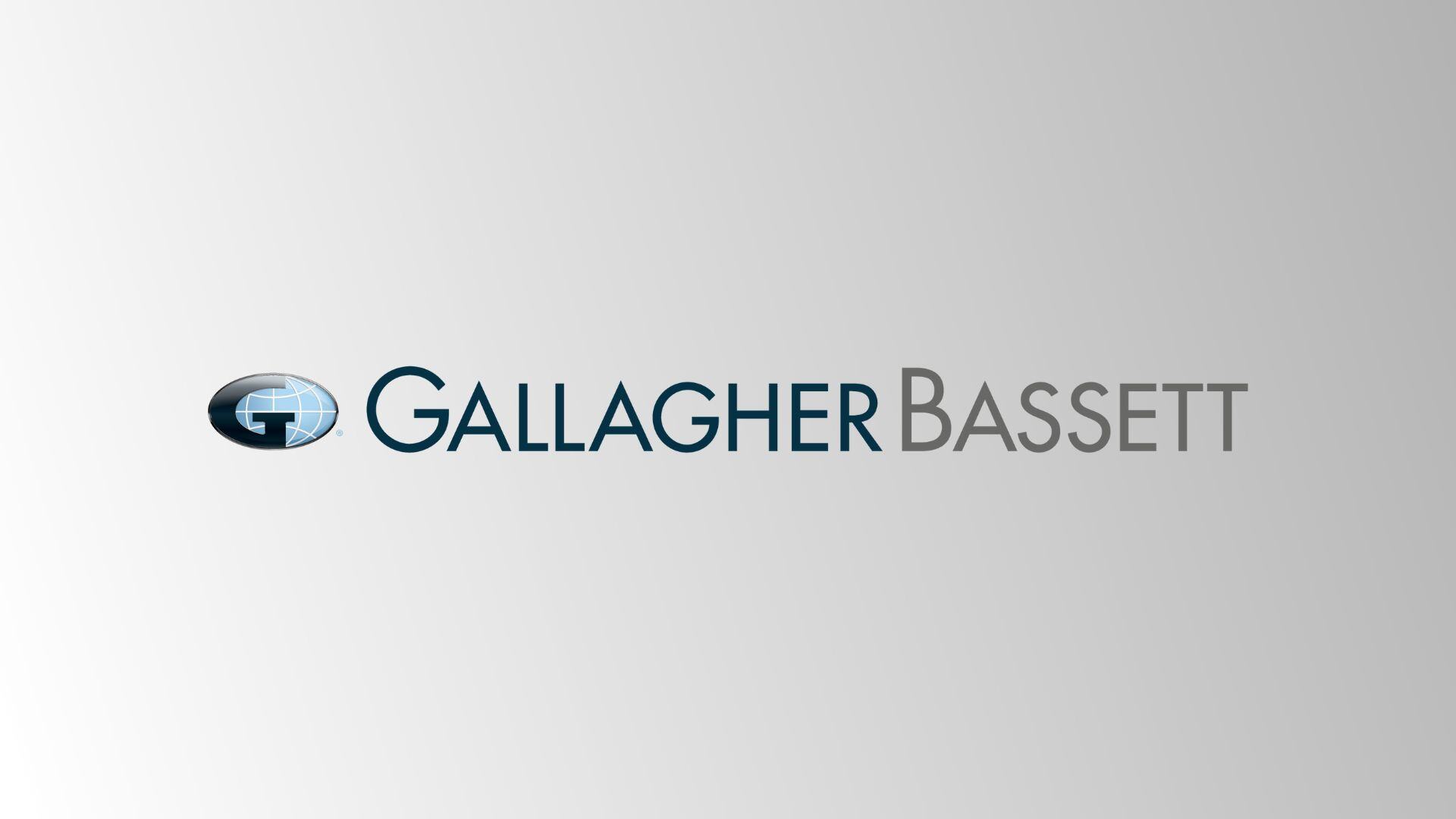Give you claims some support

We all know the saying “if it’s not in writing, it didn’t happen.”
Use of documentation gives substance to a workplaces’ activities, such as legal matters, audits and managing claims. Across a business, documentation keeps operations running systematically and ethically.
Within the insurance industry, claim documentation is the most important resource that supports proper adjudication and management.
Such a file paints a picture of the claim – influenced by notes made by the Claims Manager, the process undertaken and the communications used. These support the decision made about the outcome of the claim. Even a properly handled claim with poor documentation can give a bad impression or lead to bad-faith about the decision.
FOR INDIVIDUALS:
If you’ve experienced a physical injury, structural or personal property damage, proper documentation is important.
As an employee experiencing a workplace incident, start by noting the time and date of the incident, details as to what happened, what was damaged and other relevant details such as who else was involved.
In the case of damage to your home or car, take videos or photos where it may be difficult to explain or describe the damage occurred.
In workers’ compensations or personal property damage claims, keep your own personal record of conversations and activity on the claim in chronological order.
Employees or individuals should also:
- Make detailed notes of every phone conversation
- Record appointments with GPs, contractors or other experts related to the loss
- Keep related bills, estimates, receipts, letters and other documents you obtain or produce during the claim aftermath
- Understand your documentation or seek help from who it is provided by, such as your employer or insurance provider.
FOR EMPLOYERS:
Regardless of circumstances, documentation is needed for critical incidents. By documenting employee activities, this allows managers to review employee performance and events spanning a period of time.
In relation to workers’ compensation claims, documentation is imperative. As soon as a workplace injury occurs, a workers’ compensation claim should be lodged and the necessary claim forms completed by both the employer and injured worker.
Employers must also:
- Develop procedures to manage any claims they receive and make sure employees are familiar with these
- Display the name(s) of the case manager(s)
- Encourage the injured worker to initially see their GP for a diagnosis and to confirm the relationship of the injury to the workplace.
- Document facts, not feelings
- Retain documentation in the employee’s personnel file
As an employer, strong documentation has its benefits:
- Ease of tracking claims lodged
- Demonstrative evidence of your proactive health and safety management
- Ensures that management is aware of organisational performance
- Enables improvement of a more effective performance
- Records enable effective reporting to managers and directors who are not directly involved in workplace health and safety matters.
At Gallagher Bassett, we are the claims expert. We pride ourselves on maintaining a strong documentation process that allows for the best outcomes. If you would like to have a discussion with GB about our services, contact us today.
Author

